
Presented by StreamYard
We like to pretend that what is public is what the real world is all about.
Saul Leiter
❤️ Where’s the Love?
It’s in the gift of your undivided presence during an interview.
It’s in our zestful curiosity, our gusto for the novel, our eye for uncharted creative lands.
It appears with the initial idea for an episode and grows alongside it.
It’s in the joy your show brings you and, in turn, you bring to your audience.
The love has a chance to exist everywhere in our podcasts, from pre-production to release—if we make it a point to do so. And there lies the skeleton key to all doors—our intention. Upon it, we build a plan, execute it, and pluck the ripe fruits of creating/sharing love along the way.
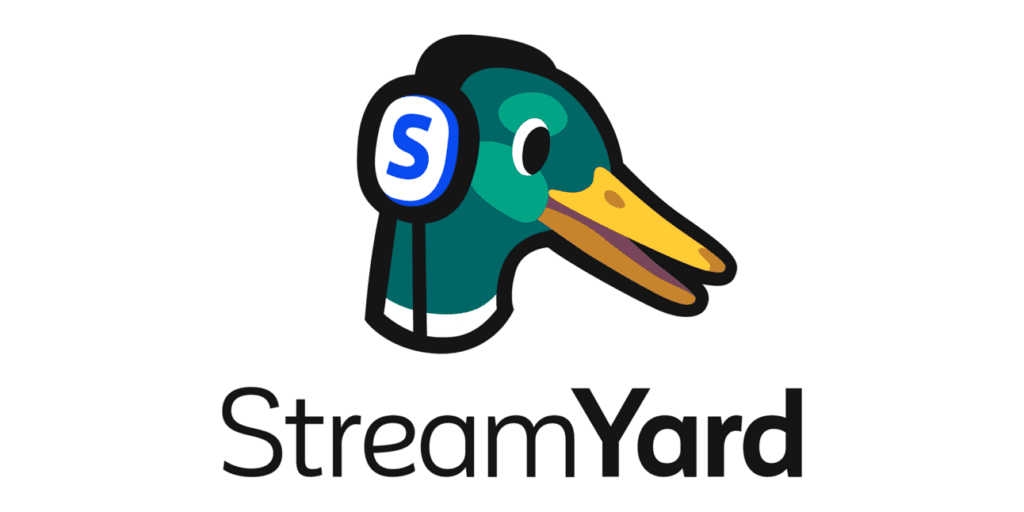
Attention podcasters and content creators! Elevate your game with StreamYard, the ultimate platform for live podcast production. StreamYard offers simplicity, power, stability, and user-friendliness all in one package—create the perfect video or audio recording every time. Are you ready to mesmerize your audience? Take the plunge and sign up for free today!
🎙️ Signal Flow: Neil Strauss
Industry game changers and valiant minds from creative professions share their wisdom, adversities, and paths to innovation.
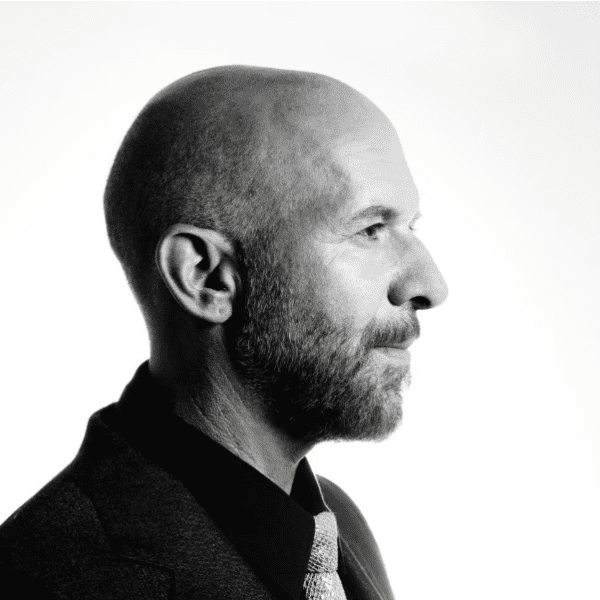
Neil Strauss is a ten-time New York Times best-selling author; a longtime contributing editor at Rolling Stone; and a former music critic, cultural reporter, and columnist at The New York Times, where he won the ASCAP-Deems Taylor Award for excellence in music journalism. His podcast, To Live & Die in L.A., hit number one on the iTunes charts and spent four months in the top ten, where it was named the best podcast of the year by The Associated Press and one of the ten best podcasts of the year by Apple. His most recent book collaborations include The Creative Act with Rick Rubin, which entered the New York Times bestseller list at number one and topped the list for over a year, and I Can’t Make This Up with Kevin Hart, which also entered The New York Times bestseller list at number one. His new show, To Die For, marks the first time a Russian-trained sex spy has told her story. All of it.
“Hey man, I'm outside the apartment of a suspect in this missing person’s case. No one’s been able to get him. I’m waiting for him to come out.” That’s how the first call started with Donald from Tenderfoot, who we partnered with on To Live And Die in LA.
I came into podcasting in a backward way. Someone went missing in my neighborhood and my wife and neighbors and I tried to help. We realized that maybe the best way to find out what happened was to get the word out through a podcast. Originally, I was going to write an article about it for Rolling Stone. Then I realized an article just comes out then disappears. A podcast stays around and becomes part of a larger conversation, it connects you emotionally to the victim, to the story that’s going on. And because the case was ongoing, the hope was that by releasing this podcast, people would really get connected and hooked, and we’d be more likely to get the information that would solve the case. And the wild thing is, that's exactly what happened.
With the first season the podcast, somebody called and said they didn't trust the police. But they’d been listening to the podcast and they trusted me. One of the perpetrators had confessed to this person. It gives me chills just thinking about it.
I never look for a subject, I usually wait until it comes to me. That’s how To Die For landed in my lap.
I'd never met like a seduction spy before. A guy I know, his father came from this mafia family, he called me and said, “I've got someone I want you to meet.” I wrote The Game, a book about pickup artists, and he said I’d enjoy meeting her because she was trained by the Russian government for espionage, to basically be a pickup artist for men to get their secrets.
We went to dinner and one of my big tests for whether something is worth doing or not, is if when they're talking about their story, the whole conversation stops, and people just want to talk about that for the rest of the meal. Because sometimes someone's like, “I'm working on a project.” And you ask a couple polite questions, then you move on. But at that dinner, everyone was like wait, hold on, slow down. Tell me everything.
Based on that first conversation with her, I made a five-minute proof-of-concept piece. Because it’s easier to hear the art than hear someone talking about it. And that’s how the show got its start.
I’m listed as the host of the show, which is funny how that works because it’s so much more intense than just reading a script someone put in front of me. Tristan Bankston is the editor and producer. Basically, we record all the interviews, then edit them. Then I'll write the script, we'll go and record really rough versions on my iPhone. Then go through it over and over again until we feel like it's great, at which point we record a proper VO. We sit there, listen to it over and over and over again, trying to make it better and better. In the end, each episode takes about a month.
Small budgets aren’t necessarily a bad thing. Because the smaller the budget, often the more creative freedom you have.
I was really scared to do voiceover for the first time because your voice is so vulnerable. If you listen to someone's voice, you instantly make judgments about who they are. Are they authentic? Are they personable? I started listening to podcasts and voiceovers and had to figure out how to find my authentic voice, my authentic self.
When I talk on a podcast, it's almost more authentic to me than my actual speaking voice. I'm thinking too fast, I'm talking too fast. I want to talk more in real life like I do in a podcast. Slower, clearer, more deliberate.
The art of any creation, whether it's podcasting, filmmaking, or book writing, is in the details. Even those who don't recognize the details feel them. It’s that tightening up of that last 5-10% that makes it jump out.
To quote one of my favorite lines from Rick Rubin, “The audience comes last.” It's not that the audience doesn't matter, it means make the best thing you can make. And then consider the audience element after it’s done.
🥾 Further Exploration
Want to up your video podcast game? Start with lighting. In this video, Pye breaks down how to light a living room-style podcast set and how to get the exact look you want using a simple step-by-step guide.
ICYMI:
Enjoying The Noise Gate? Why not share it with a fellow podcaster?
Until next time, have a bold week.
– Doug
For advertising information, contact Kristy at kristy@podcastmovement.com
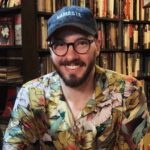
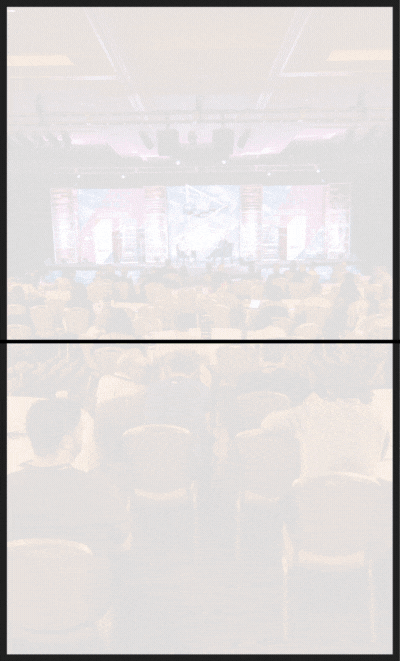
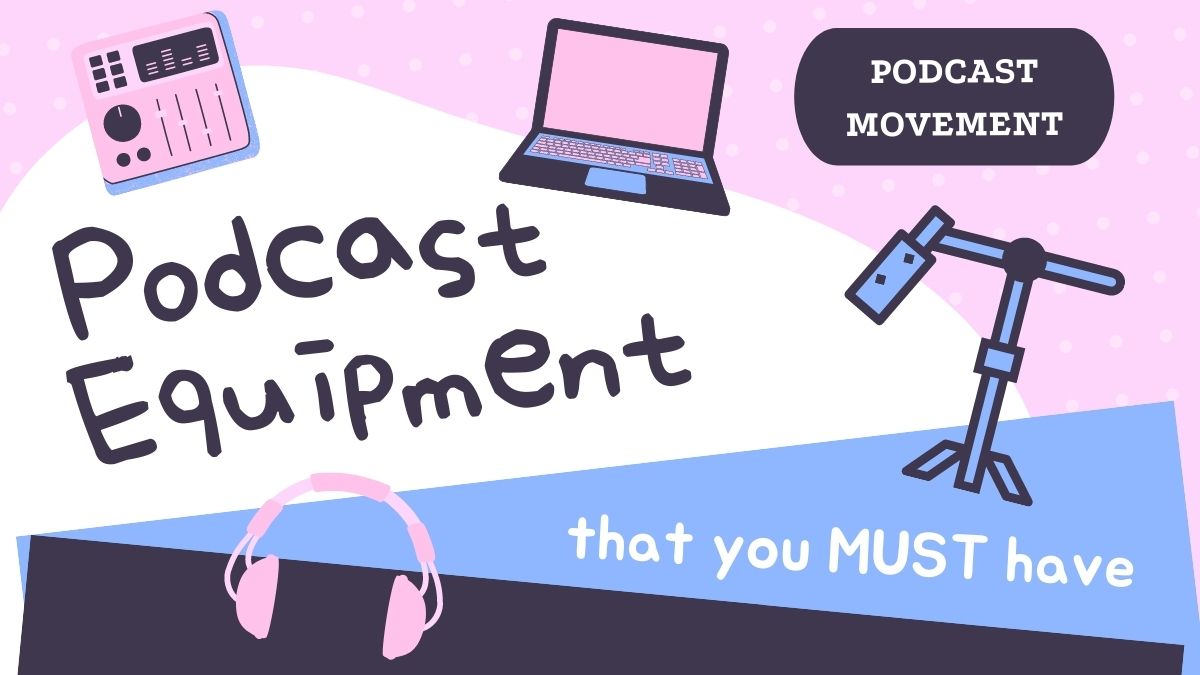

Join the Movement